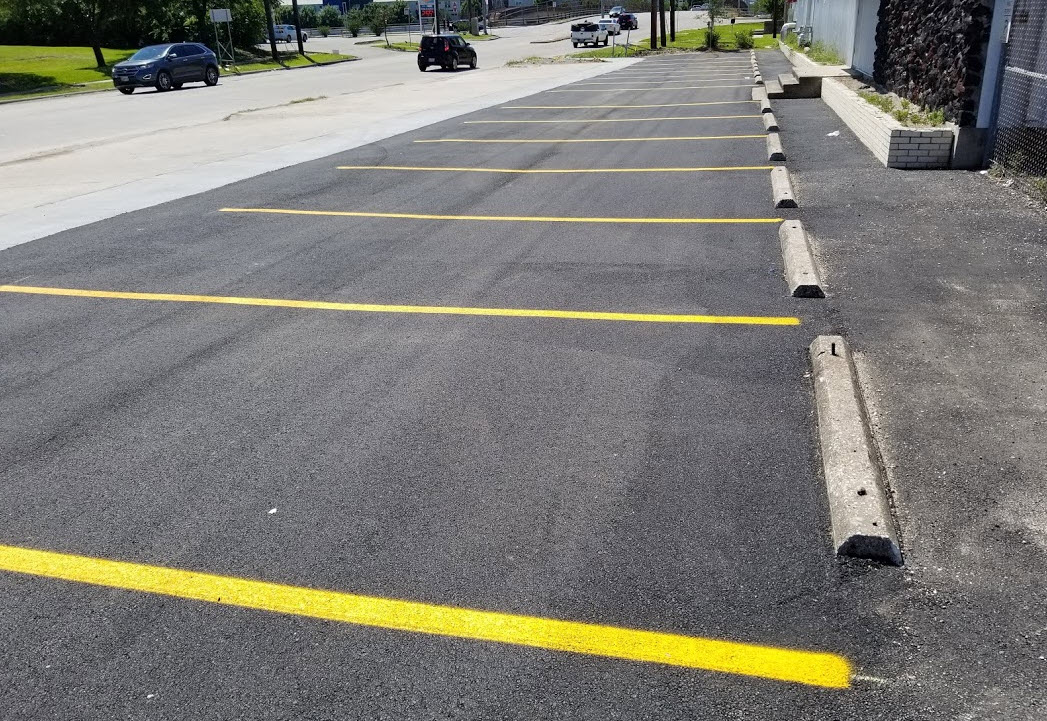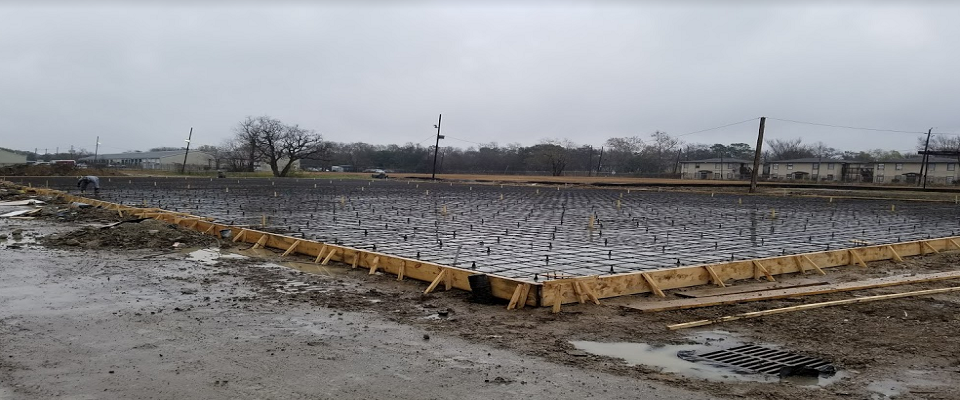Asphalt Paving Services

Asphalt Paving Overview
Asphalt paving services refer to the process of laying asphalt on roads, driveways, parking lots, and other surfaces. Asphalt is a durable and cost-effective material that is commonly used for paving projects. Concrete of Houston provides Asphalt Paving services and Lime Stabilization across the greater Houston area.
Asphalt paving services typically involve the following steps:
- Site preparation: The area to be paved is cleared of any debris, rocks, and vegetation. The surface is graded to ensure proper drainage and a smooth surface.
- Base layer: A base layer of crushed rock or gravel is laid down and compacted to create a stable foundation for the asphalt.
- Asphalt layer: Hot mix asphalt is then laid on top of the base layer. The asphalt is spread and compacted using heavy machinery.
- Finishing: The edges of the asphalt are sealed, and the surface is smoothed and leveled.
- Curing: The asphalt is left to cure for several days, allowing it to harden and set.
- Striping: Once the asphalt has cured, lines and markings are painted on the surface to designate parking spaces, traffic lanes, and other features.
It’s important to hire a reputable and experienced asphalt paving contractor to ensure a high-quality and long-lasting pavement. They can also offer maintenance services like crack sealing and asphalt patching to prolong the life of your pavement.
Types Of Ashpalt Services
There are several types of asphalt paving services that can be performed depending on the specific needs of the project. Here are some of the most common types of asphalt paving services:
- New asphalt paving: This involves the installation of a brand new asphalt surface. It’s typically used for the construction of new roads, parking lots, and driveways.
- Asphalt resurfacing: This is the process of placing a new layer of asphalt on top of an existing surface. It’s used to repair minor damages like cracks, potholes, and surface irregularities.
- Asphalt patching: This involves the repair of small sections of damaged asphalt, such as potholes, cracks, and minor depressions. It’s a cost-effective solution for repairing localized damage.
- Asphalt overlay: This is a type of resurfacing that involves placing a new layer of asphalt on top of the existing surface without removing the old pavement. It’s used to add a new layer of protection to the existing pavement.
- Asphalt sealcoating: This involves the application of a protective coating to the surface of the asphalt. It’s used to prevent damage from UV rays, water, and chemicals, and to extend the lifespan of the pavement.
- Asphalt crack sealing: This involves the application of a sealant to cracks in the asphalt surface. It’s used to prevent water from entering the pavement, which can cause further damage.
- Asphalt milling: This is the process of removing the top layer of asphalt from a surface using specialized milling machines. It’s used to remove damaged or worn-out pavement and create a smooth surface for resurfacing.
Overall, the type of asphalt paving service required will depend on the condition of the existing surface, the extent of the damage, and the intended use of the pavement.



